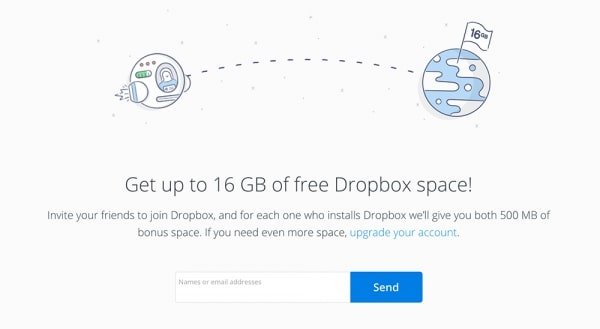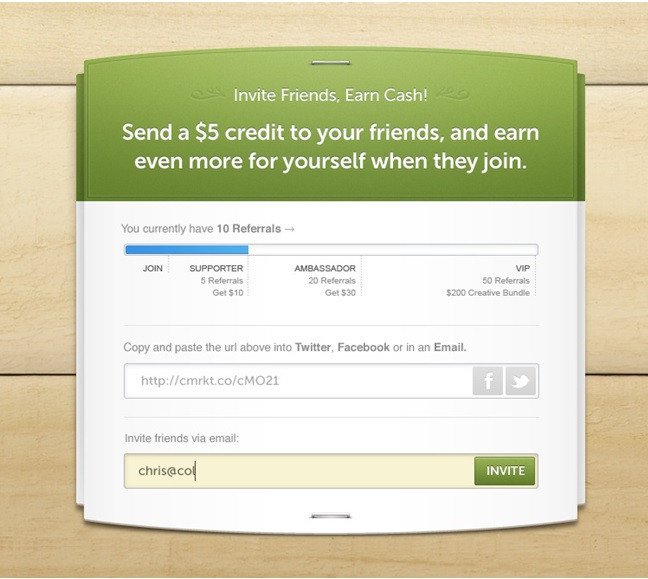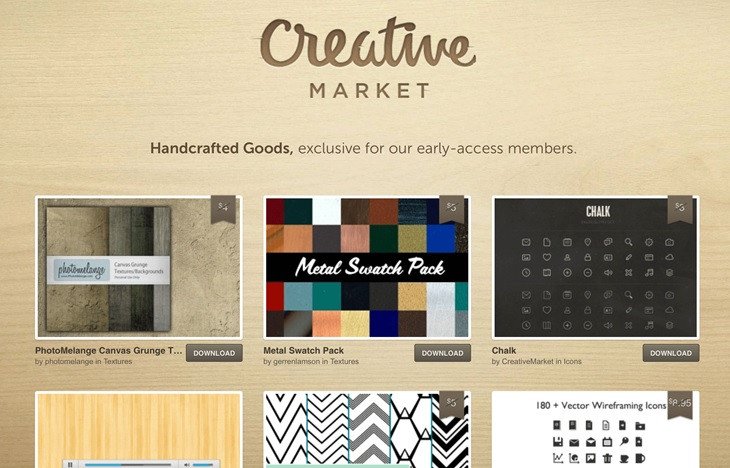The chicken-and-egg problem is one of the most burning issues for online marketplaces. When it comes to acquiring the platform sides, it is pretty difficult to decide on who to attract first. There are different strategies and most of them are worth considering. Everything depends on your particular situation, type of marketplace, and offered goods or services.
However, there are several effective techniques that work in most cases, if you apply them properly. In this article, we will share 4 quick ways to attract buyers to your P2P marketplace platform.
What is user acquisition?
User acquisition (UA) is the process of acquiring customers and sellers to your online platform. Its main purpose is to build and improve an application, platform, or services’ brand awareness and attract buyers.
One of the most successful user acquisition examples is the referral system by Dropbox. Nowadays, it seems an obvious and default marketing technique. However, in 2008 this implementation enabled the company to reach 4 mln users in 15 months.
So, Dropbox offers its users to gain more 500 MB of storage by inviting a friend via email. The killing feature is that the invited person also gets 500MB for joining the platform. This win-win strategy created a boom in the number of users. Just within 7 months, the company has generated 1 mln of customers and it continued to grow exponentially.

Let’s now discuss the 4 most effective and quick ways to attract buyers to your marketplace website.
Create a pre-launch landing page and offer credits
Before launching your service marketplace, it is a perfect option to acquire one of the P2P marketplace platform sides. This way you will provide the other part of users with sufficient grounds to join your website immediately after start.
A good strategy is to create an early-access landing page where you inform potential buyers about the marketplace pre-launch period. There you can offer visitors to specify their email address. This way, they get the most recent updates and the best offers available, once your platform is launched.
Furthermore, a win-win strategy is to provide buyers with $N of free credits for their early registration. The sum will become available when the marketplace launches. It gives consumers a tempting offer that becomes a large ground to join a platform preliminary.
Here is the example of the Creative Market teaser page they developed to attract buyers before launch.

When offering free credits, you should mostly rely on those users who will buy goods that cost more than $N. So, they will need to add their credit cards and pay real money. In terms of economics, you can implement a commission model for sellers at a level of 80%, for example. It means that you will pay not $N per user, but $N - 20% covered by vendors.
Thus, all the investments on attracting a buyer side will take only $N-20% multiplied by the number of registered users.
You will be able to email and attract buyers when the P2P marketplace platform starts, and remind them about your marketplace: “You have received $N of free credits, do you remember? Now you are able to spend them.”
Create a referral system
When you provide users with free credits even before the marketplace launch, it becomes pretty tempting for them. However, you can implement an even more powerful acquisition technique. It will keep them on your P2P marketplace platform.
When buyers browse your marketplace, offer them to take part in a referral system. It means users can send invitations to their relatives and friends via social media or email. Participation will be surely rewarding for them:
- if you invite N+10 friends, you get $20 of free credits;
- if you invite N+20 friends, you get more $40 of free credits;
- if you invite N+50 friends, you get more $150 of free credits.
This may lead to a definite boom in the number of buyers on your platform even before its launch.
Here is an example of a Creative Market referral system that was available during the pre-launch period. It resulted in a massive growth of buyers on the marketplace.

Provide free offers for early registration
The pre-launch landing page, free credit provision, and other mentioned models are efficient techniques. However, is there a sure-fire situation to acquire users to your P2P marketplace platform even before its startup? Yes, offer them several free products.
You can contact multiple goods suppliers to ask them if they are interested in providing some of their items for free for a limited period of time. It is a win-win-win technique that meets the interests of all three sides:
- Vendors
It will be beneficial for them as they can get a great promotion and get a new customer channel. If everything goes properly, they will want to partner with your platform in the long run.
- Buyers
It is a huge reason for consumers to join your marketplace as they can get several goods for free.
- Marketplace owner
Entrepreneurs can get a sheer number of new customers. They can partner with goods suppliers before the P2P marketplace platform launch.
For example, here is the implementation of this technique by the Creative Market during their early-access period.

Set different constraints
Another efficient method to attract buyers is to use scarcity on your platform. It may include quantity or time constraints that somehow make access limited. Thus, you motivate consumers to make a purchase as fast as possible.
Also, people like the ability to own an item others can’t receive. This situation generates a huge agiotage among the users and stimulates many consumers to join your platform and get a certain product.

Subscribe to Codica blog for the latest materials from our experts.
Let’s take a look at the key constraint types in detail.
Quantity constraint
It is one of the most widespread models for the e-commerce sphere. It means you display a limited amount of goods and tell users about the quantity left. So, you attract buyers and it stimulates them to make a purchase and own that item.
Booking.com effectively implements this method to compel visitors to take action.

Time constraint
This model means you set a limited time for a provided offer. Usually, it perfectly works with discounts so that buyers have two crucial reasons to make a purchase.
Amazon is a shining example of implementing both time constraints and price discounts.

You may also like: How to Build a Multi-Vendor Marketplace Website Like Amazon
Final words
When you come to the P2P marketplace platform development, you should consider the ways you will attract buyers to your platform. It is important for entrepreneurs to think about user acquisition beforehand. If you have prepared strategies to acquire customers before/after launch, you will have a huge advantage over rivals.
We hope our article will help you successfully attract buyers to your P2P marketplace platform. If you want to start a custom e-commerce website, our online marketplace development team will be glad to help you turn it into reality. Contact us to get a free quote and discuss your project.
